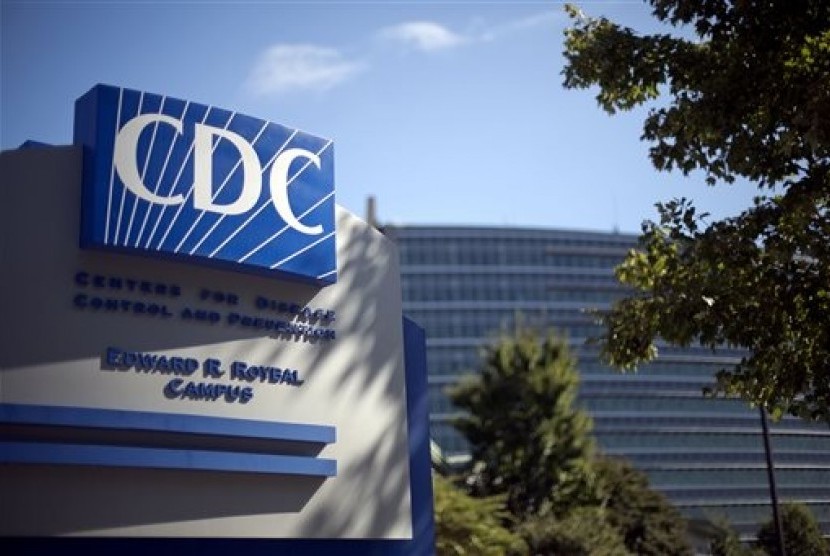REPUBLIKA.CO.ID, NEW YORK - A US government scientist kept silent about a potentially dangerous lab blunder and revealed it only after workers in another lab noticed something fishy, according to an internal investigation.
The accident happened in January at the headquarters of the US Centers for Disease Control and Prevention in Atlanta. A lab scientist accidently mixed a deadly strain of bird flu with a tamer strain, and sent the mix to another CDC lab and to an outside lab in Athens, Georgia.
No one was sickened by bird flu. But unsuspecting scientists worked with the viral mix for months before it was discovered.
CDC officials have called the incident the most worrisome in a series of lab safety problems at the government agency, long regarded as one of the most respected public health agencies in the world. Earlier this summer, a lab mishandled anthrax samples and both the bird flu and anthrax labs were shut down.
"We all feel horrible this happened," said Dr. Anne Schuchat, who oversees the CDC's Influenza Division — which includes the lab where the bird flu accident took place.
Because of employee privacy rules, she said she could not name the lab scientist or the leader of the scientist's team, who were both faulted in the investigation report released Friday. She said disciplinary actions are taking place, but she did not provide any details.
CDC's release of the report is one of many signs the agency is trying to make things right, said Dr. William Schaffner, an infectious disease expert at Vanderbilt University. But he added that the CDC should at least disclose any disciplinary measures, to reassure the public that the agency is taking the matter seriously.
Taking short cuts
According to the report, the lab scientist was doing work with both bird flu strains — the deadly form and a tamer version. Lab rules call for them to be handled separately, and the tasks should take at least 90 minutes.
The CDC investigation found the work was completed in 51 minutes. That's a clear indication the scientist took short-cuts, Schuchat said.
The lab scientist told investigators that the work was done in the proper sequence, but noted being rushed to finish the job and attend a meeting. CDC officials say it's possible the scientist worked on both strains at the same time.


